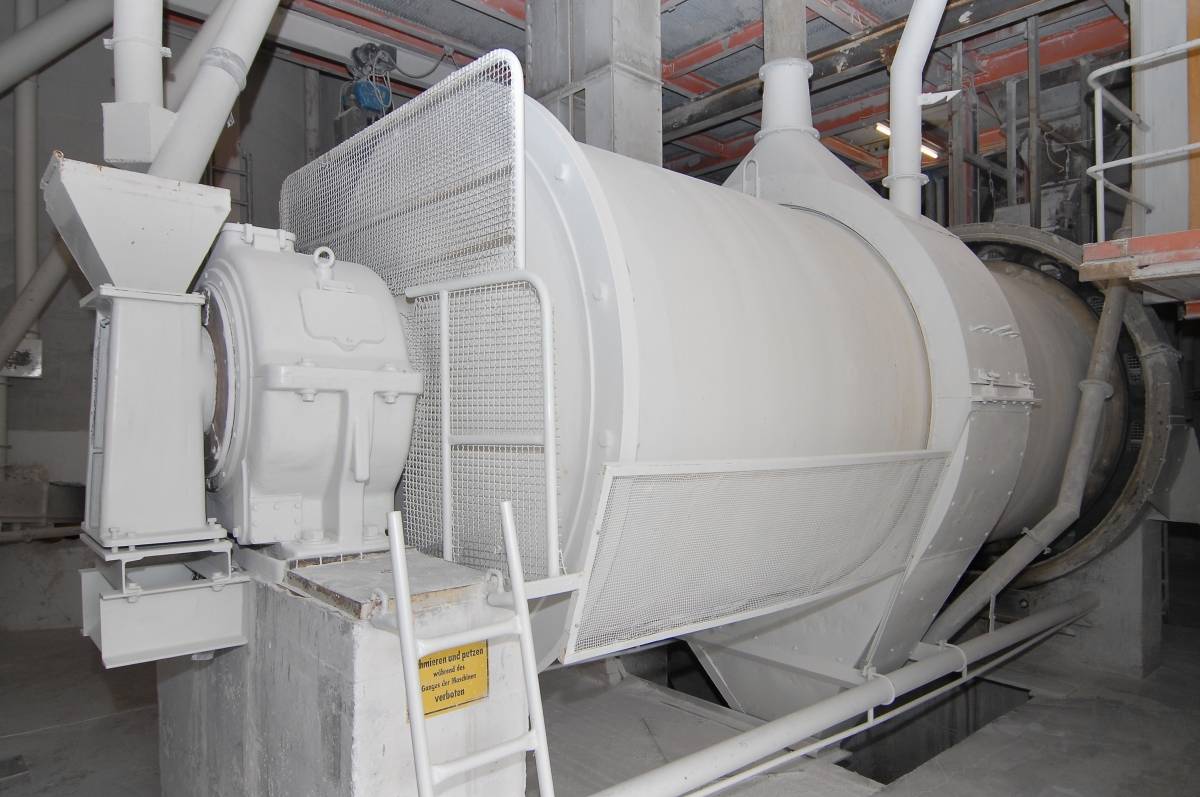Details Feldspar
A white-firing basic raw material – not only suitable for porcelain
Feldspar and quartz are important raw materials in silicate ceramics and glass. Depending on the type of application, they either act as a flux intensifying vitrification, or as a non-plastic additive.
In ceramics, feldspathic sands are referred to as pegmatites, they are a natural mixture of feldspar and quartz which has evolved from the weathering of granite or gneiss. Pegmatites transported from primary to secondary deposits by erosion are also referred to as arkoses; these are free from traces of impurities such as e.g. black mica.
Such a deposit originating from the Triassic period is mined by Gottfried at Freihung/Thansüß in East Bavaria.
The sand is composed of approximately 60% quartz, 30% potassium feldspar and 8% kaolin. The extremely low content of iron and titanium makes this pegmatite an excellent white-firing basic raw material for porcelain, sanitary ware as well as wall and floor tiles.
With its special grain size, potassium feldspar has been approved in bright-firing clinker bodies and as a shorting material in roofing tiles. Washed feldspar sands enriched with fine sands are an interesting source of Al2O3 in certain types of glass mixtures.
Feldspathic sand is worked selectively in open-pit mining, screened and stockpiled as a homogeneous mixture. Washed fine sands are offered moist from stockpile or dried. In our mineral grinding plant, a ball mill is used for ironfree fine-grinding of the pegmatites to grain sizes ranging from 0-63 to 0-500 microns and, if required, adding high-percentage potassium, sodium or mixed feldspars.

